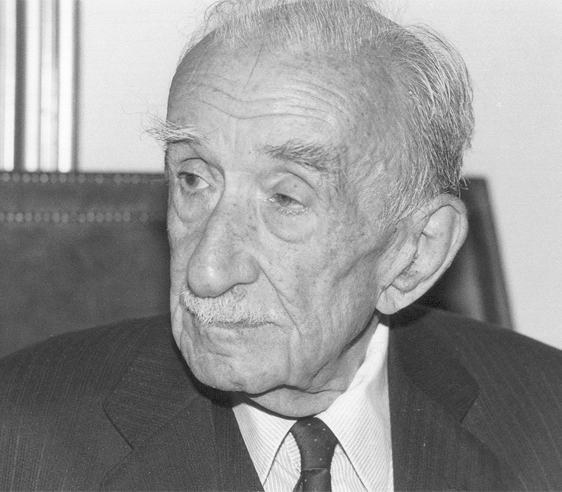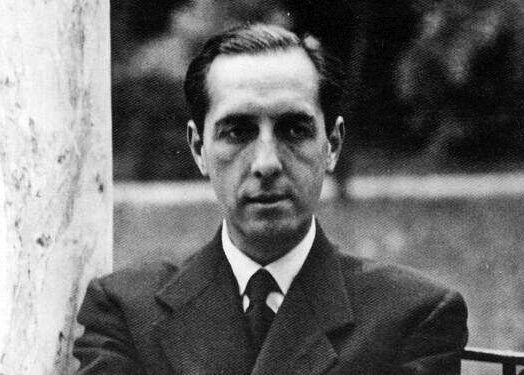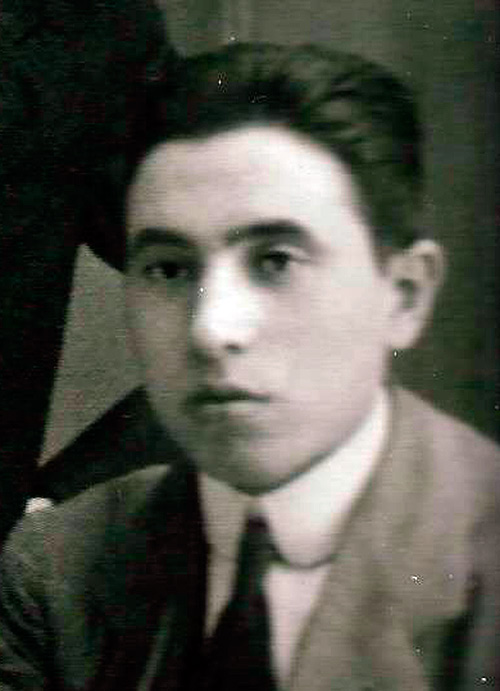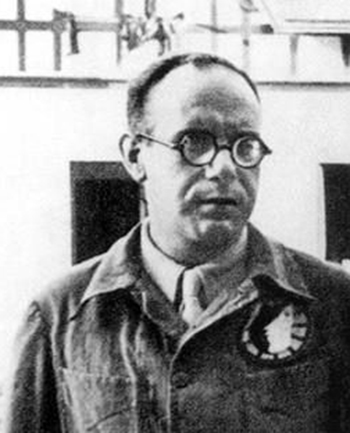Philologist, Arabist, translator, academic of language and history, 1992 Prince of Asturias Award for Communication and Humanities… With his Arabic-Andalusian poems he greatly influenced the poetry of the Generation of ’27 and, above all, that of Federico García Lorca with whom he shared a friendship.
In 1930, he was awarded the chair of Arabic Language at the University of Granada, the year in which he also published Arabic-Andalusian poemss. He read and translated the poems inscribed on the walls of the Alhambra by Ibn Zamrak.
He studied Philosophy and Arts in Madrid, specializing in the Arabic language. In 1927, with a scholarship from the Committee for Extension of Studies, he went to carry out research in Egypt, Syria and Iraq. Thanks to this trip he came into contact with Arabic-Andalusian poetry, which later served as the basis for his publication of the Arabic-Andalusian Poems, in 1930. Federico García Lorca read them and was inspired by some of their aspects for his Divan del Tamarit. Emilio García Gómez, after attending a reading Federico gave of Yerma, undertook to preface the Divan del Tamarit in an edition of the University of Granada that delays due to the Civil War made impossible.
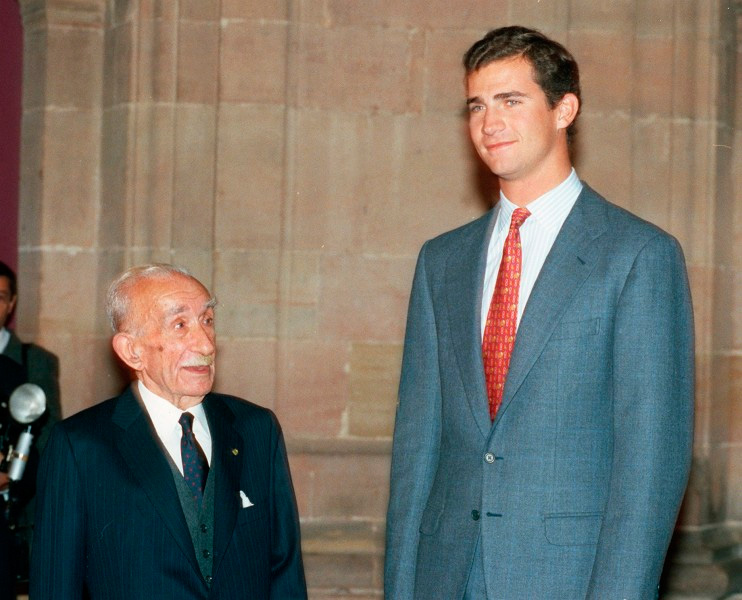
In 1930, he was awarded the chair of Arabic Language at the University of Granada. He was the first director of the School of Arabic Studies, in 1932, where he edited the journal Al-Ándalus. In 1935, he moved to the University of Madrid. In 1948, with Samuel Miklos Stern, he published a work where they made known the existence of the jarchas (final couplets). Notable among his many essay works are Arabic-Andalusian Poetry, a brief history (1952) and Las jarchas romances de la serie árabe en su marco (1975), as well as numerous translations such as The Ring of the Dove. He read and translated the poems inscribed on the walls of the Alhambra by Ibn Zamrak. In 1943, he joined the Academy of History and in 1945 the Royal Academy of the Spanish Language. From 1958 to 1969, he was ambassador of Spain in Baghdad, Beirut and Ankara and minister without residence in Afghanistan.
He died in 1995 at the age of 90. His remains rest in Granada by decision of Emilio García Gómez himself. On the day of his burial, the funeral procession went from the School of Arab Studies to the Alhambra to the cemetery. He was put to rest as “the last wise man”.
